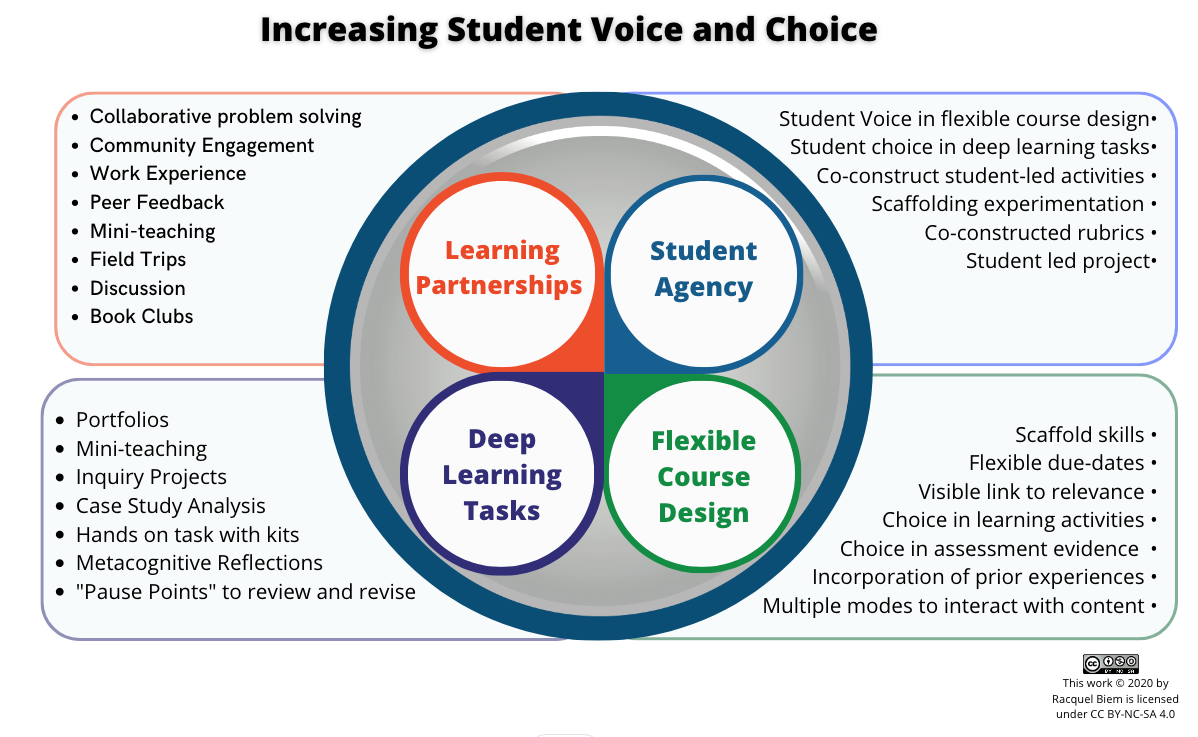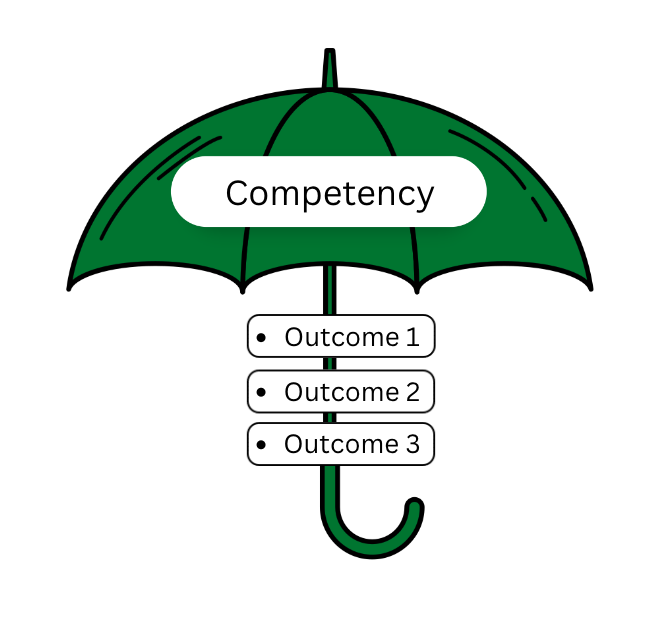Effective – By Design
- On lecture day, students were packing up and leaving by 10:13 (the class wasn’t over. Some were just leaving.) Today students had to be reminded that the class was over and then they started to leave.
- On lecture day there were many more students using computers and smart phones and—from where I sat—not all were looking at the uploaded slides. Today there was engagement in all groups and no opt-outs.
- On lecture day a few students had an opportunity to ask their questions and interact with instructors. Today there were two instructors, one teacher assistant and one research coach circulating among the groups to answer questions and help as the groups required. The preparation for the class was clear and the students knew their task and were thoroughly engaged.
How this worked: Students, through Blackboard, had clear instructions for the week. One day they were to be on-site with their research groups and for two classes they had independent learning tasks assigned. In this way the instructors, TA, and research coach are able to meet with the small groups. The students also had the task clearly outlined for the time in class with their groups—to develop three survey questions that addressed their group’s overall research question. These instructions were given ahead of time and were also posted in the room. (Three students turned up on the first day simply to ask which day their groups were to attend. It was encouraging to see such engagement and overall commitment to the course.)
The instructional team rotated among the groups throughout the class time. As noted earlier, from my position of observer, all students were engaged and had to be reminded when class time was over! I heard of at least two groups that had made arrangements to meet outside of class time as well.
Why this worked: The task was clear, engaging and based on student interests. The groups are student-selected and are of a workable size. Each group formulated their own research question. Instructions were posted in advance of the class. There is class time for the groups to meet. The instructors are able to move between “lecturer” and “facilitator”. (Just a quick note about the difference between facilitating group process and lecturing—as facilitators, the instructional team responds to student queries with short bits of just-in-time information and move along to provide space and time for the groups to work on the task at hand. A good indicator of the difference between lecturing and facilitating is by which voices have more airtime. When instructors are in facilitating mode you hear far more student voices than instructor voices.)
I was also very interested in the comments from the TA and the research coach—both were excited about how engaged the students were and that they wished more of their classes were like this. “Now I know why my professors keep asking me to rework my research questions!” “The students wanted to stay!”
For further information on this particular class, please contact stan.yu@usask.ca and john.dickinson@usask.ca. If you would like to apply this type of construct to your class, please contact the GMCTE.


